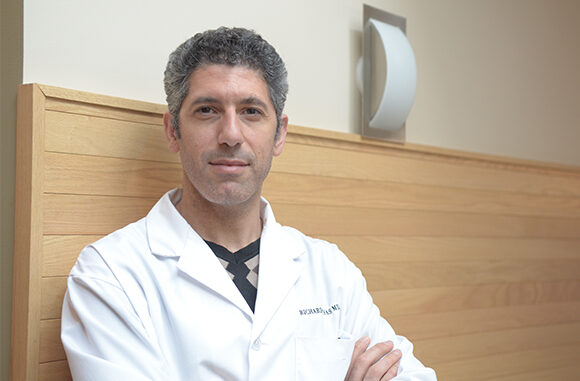
Introduction
According to Dr. Richard Nahas, telemedicine has been widely adopted by hospitals and preferred by patients since the pandemic. It is the use of electronic communications and software for monitoring and treating patients instead of an in-patient visit. Let’s check out if it’s as effective as a face-to-face appointment.
The Explanation
- Smartphones with good cameras – Just a decade ago, telemedicine may not be as effective as a face-to-face appointment since everyone didn’t have a high-resolution camera lying around in their home. However, that’s not the case anymore. Even the most basic smartphone camera can click excellent pictures. If you live in Canada, where Apple and Samsung make up over 80 per cent of the market, you probably have quite a powerful camera in your pocket that is capable of clicking very sharp images and videos for doctors to identify symptoms and come up with an accurate diagnosis.
- Inexpensive tools and apps – You also have access to all kinds of inexpensive tools and apps for conducting multiple medical tests at home. There are cheap devices that allow you to measure your blood pressure, oxygen saturation, pulse rate, blood sugar, and many other metrics without any medical training.
There are also apps that can help you diagnose a lot of health conditions and help you connect with testing kits and tools to extract the medical data and send it to your physician. While these tools and apps can’t be used in all kinds of situations, they are very helpful at reducing the burden of doctors and hospitals and increasing the convenience of patients wherever possible.
- Virtual visits – Telemedicine consultations allow doctors to monitor and diagnose your conditions through video conferencing and are useful in most day-to-day conditions where you may have a fever, flu-like symptoms, sore throat, cough, and other such conditions. However, it can’t replace face-to-face visits where doctors need to lay their hands on you. Telemedicine can’t replace conditions where someone is suffering from a drug overdose, experiencing severe chest pain, or has a serious injury.
In such cases, it’s best to rush patients to the hospital after calling 911. Telemedicine isn’t proper for children either. Children are easily distracted and lack the discipline to stare at a camera during a medical consultation. Moreover, it’s best for children to visit doctors physically so that the paediatrician can monitor the development of your child closely and suggest medication or other changes when necessary.
- Advantages over traditional face-to-face appointments – While telemedicine can’t replace face-to-face appointments in all cases, it certainly helps to bring down the cost of healthcare wherever possible. Moreover, when there’s a pandemic or someone has an infectious disease, telemedicine is preferred by both medical professionals and patients.
Conclusion
Dr. Richard Nahas suggests that you opt for telemedicine wherever possible. It is convenient and can be a viable alternative to face-to-face appointments in many cases. Telemedicine is only limited by the current technology and as that progresses, telemedicine would become the norm.
